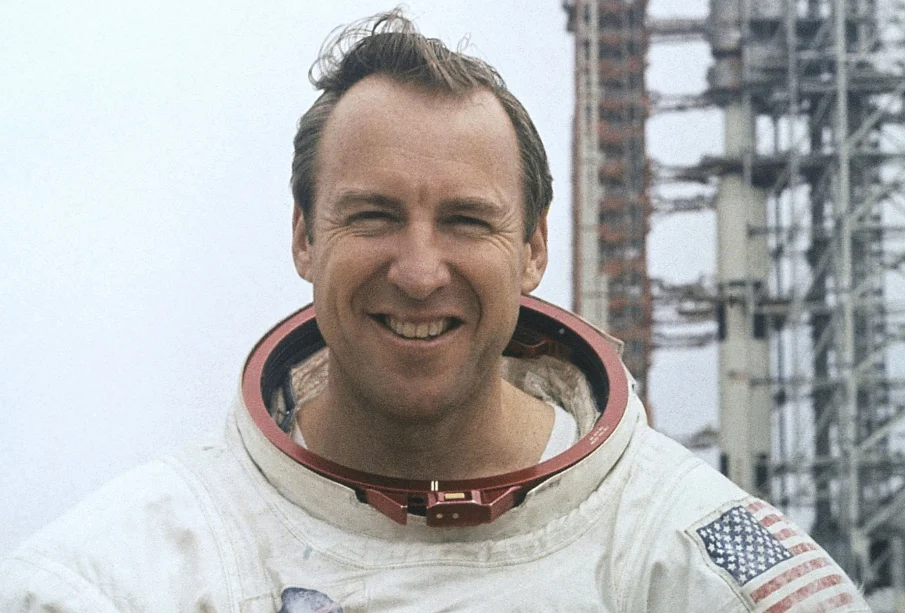The Life and Legacy of Jim Lovell

Introduction
Jim Lovell is a name synonymous with space exploration and adventure. As a former NASA astronaut and commander of the ill-fated Apollo 13 mission, Lovell’s experiences have profoundly shaped public interest in space travel and human resilience. With renewed interest in space exploration and missions to Mars, Jim Lovell’s story remains relevant as we reflect on the challenges and triumphs of past astronauts.
Early Life and Career
James Arthur Lovell Jr. was born on March 25, 1928, in Milwaukee, Wisconsin. His early fascination with flying led him to join the United States Navy after completing high school. Lovell served as a fighter pilot during the Korean War and later graduated from the University of Wisconsin with a degree in electrical engineering. His military experience paved the way for his selection as a NASA astronaut in 1962.
Apollo Missions
Lovell’s illustrious career includes participation in a number of significant NASA missions. He flew on Gemini 7, where he spent nearly two weeks in space—setting a record for endurance. His most famous mission, however, was Apollo 13 in 1970, which was intended to land on the Moon. Following an oxygen tank explosion en route, the mission became a struggle for survival against all odds, showcasing Lovell’s leadership and problem-solving skills.
Apollo 13 Incident
The Apollo 13 mission is a testament to human ingenuity and teamwork. Lovell, along with his crew—Fred Haise and Jack Swigert—faced imminent death when they were stranded in space. Instead of succumbing to despair, Lovell and his team, along with mission control, worked tirelessly to bring the spacecraft back safely to Earth. The efforts were eventually successful, which later inspired the 1995 film ‘Apollo 13,’ further immortalizing Lovell’s story.
Later Life and Contributions
After retiring from NASA, Lovell co-founded a successful aerospace company and became a highly sought-after speaker on the topics of leadership and exploration. He has authored several books, including his autobiography, and remains actively involved in the space community. Lovell’s legacy encourages young generations to pursue careers in STEM fields and to embrace the challenges of innovation and exploration.
Conclusion
Jim Lovell’s journey embodies the spirit of exploration and resilience. As humanity prepares for new frontiers in space, his experiences serve as a reminder of the courage and determination required to navigate the unknown. Lovell’s contributions to both NASA and the broader discourse on space exploration highlight the importance of teamwork and innovation, making his legacy an enduring source of inspiration.









